My favourite painting: Michael Hall
Michael Hall chooses Tiepolo's An Allegory with Venus and Time.
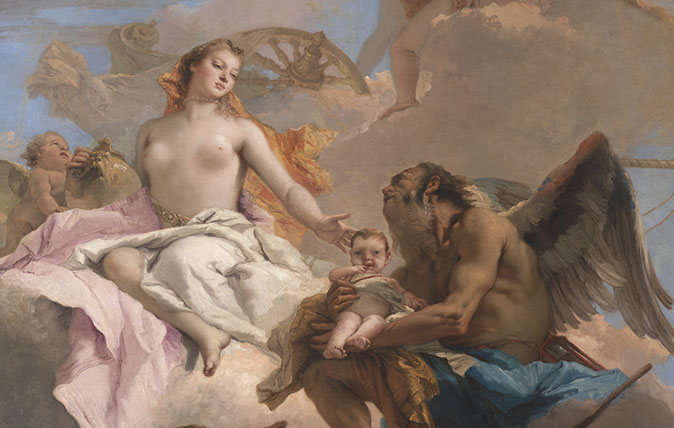

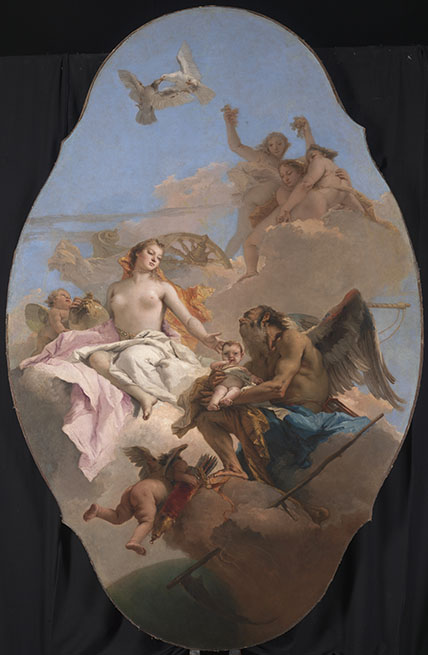
An Allegory with Venus and Time, 1754, by Giovanni Battista Tiepolo (1696–1770), 115in by 75in, National Gallery, London
Michael Hall chooses An Allegory with Venus and Time
‘I read Michael Levey’s wonderful book Painting in Eighteenth-Century Venice when it was published in 1980 and was entranced by his chapter on Tiepolo, a new name to me.
'An Allegory with Venus and Time appeared on the jacket, so I went to see it at the National Gallery.
'Father Time gently receives a newborn baby from Venus. The child, who stands for all of us, gazes out with an unforgettable mixture of curiosity and apprehension. With the lightest of touches, Tiepolo offers a vision of life that incorporates transience and mortality within love and beauty. I find this painting as moving as anything by Titian or Rembrandt.’
Michael Hall is editor of The Burlington Magazine, which, this month, launched its free online journal, Burlington Contemporary.
John McEwen on An Allegory with Venus and Time
This picture was ‘discovered’ by the art historian, dealer and critic David Carritt in 1964, when it hung in the dining room of Egypt’s London Embassy. It was not, as the publicity suggested, unknown; indeed, Sir Francis Watson, the art historian, museum director and Belgravia house-sharer with 87 cats, ‘fizzed with rage’ at the suggestion.
Tiepolo was the youngest of the six children of a Venetian shipping merchant. The name was one of Venice’s oldest, but the family had no noble antecedents, although some of the children had noble godparents.
Sign up for the Country Life Newsletter
Exquisite houses, the beauty of Nature, and how to get the most from your life, straight to your inbox.
He was one when his father died and 14 when he became a pupil of a local painter, Gregorio Lazzarini, but Veronese was his greatest influence. He married a noblewoman, Maria Cecilia Guardi, sister of the Guardi brother painters, and they had nine children; Domenico and Lorenzo became his assistants.
Tiepolo excelled at fresco painting – paint applied on wet plaster. His ‘sureness of touch and instinctive draughtsmanship’ suited the medium’s prohibition of revision and his ‘jaunty romantic air’ was ‘in the best tradition of Venetian painting which had always been unlearned’ (Michael Levey).
By 1750, Tiepolo was famous throughout Europe. This oil painting was commissioned by the Venetian Contarini family, perhaps to celebrate the birth of an heir.
The Three Graces, daughters of Jupiter, symbolising Beauty, Charm and Elegance, strew roses. Father Time holds the child. Cupid, son of the love goddess Venus, hovers in attendance. Time’s scythe lies idle, its blade before the glimpsed globe.
Sir Howard Hodgkin (1932–2017) completed the picture’s re-appreciation when he persuaded the National Gallery to hang it overhead. It is currently not on view.
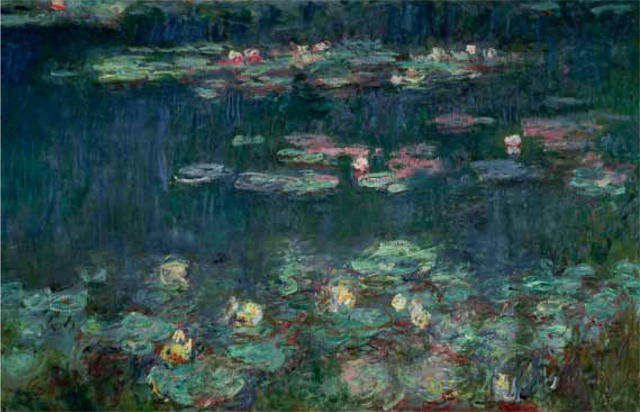
My Favourite Painting: Lulu
Lulu chooses her favourite painting for Country Life.
My Favourite Painting: Chris Smith
Former culture secretary Chris Smith chooses a piece from Piero della Francesca's unforgettable fresco cycle in Arezzo.
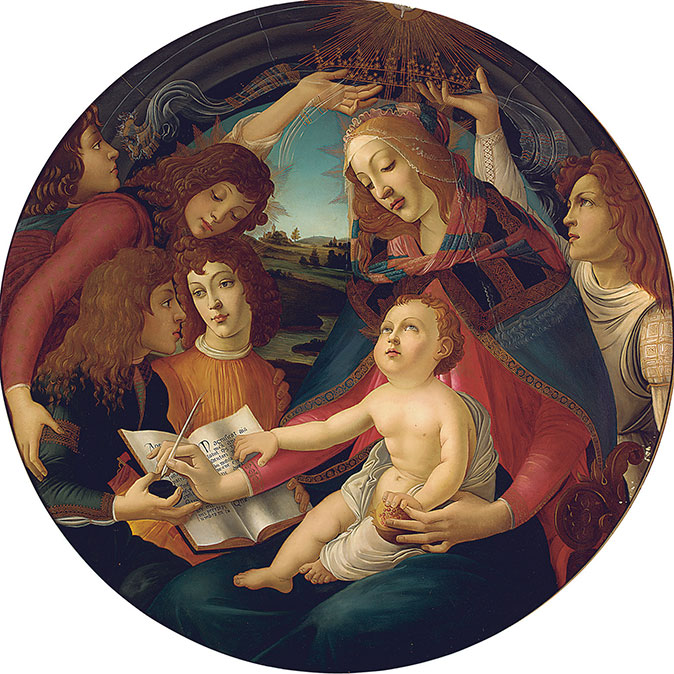
Credit: Bridgeman Images
My favourite painting: Mark Price
'The picture reminds me of her: I swear she is an angel.'
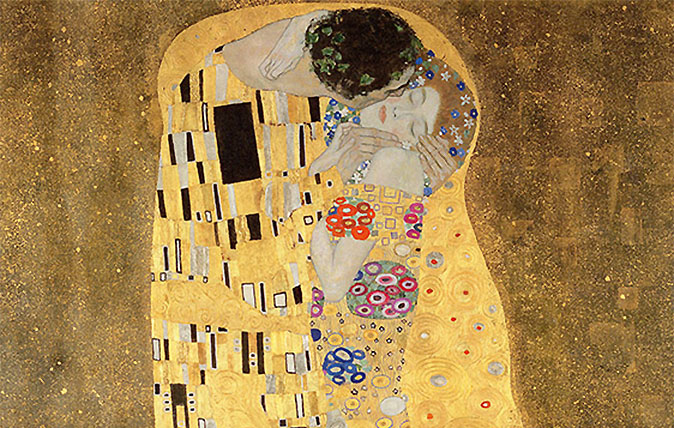
Credit: The Kiss - Gustav Klimt
My favourite painting: Danielle Steel
Danielle Steel, the world's top-selling fiction writer, admits that 'Klimt stole my heart' with this wonderful work.
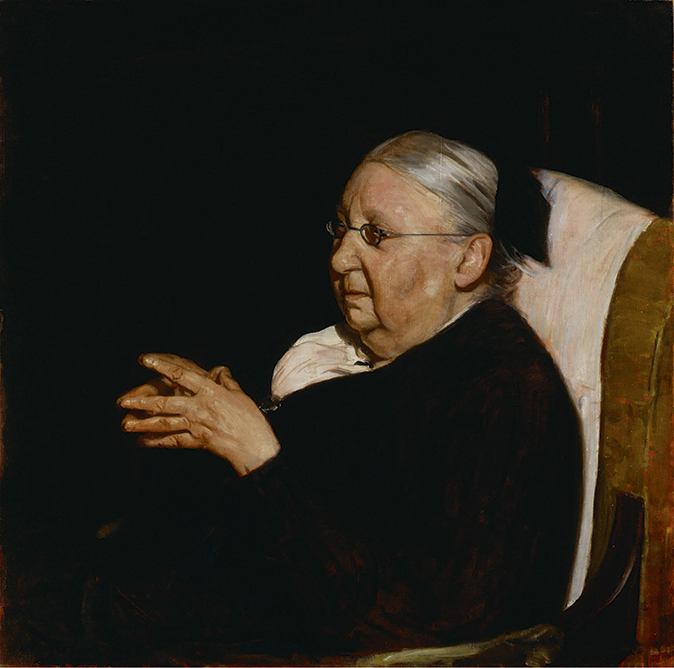
My favourite painting: Penelope Lively
'I love William Nicholson’s work. His still-lifes are incomparable.'
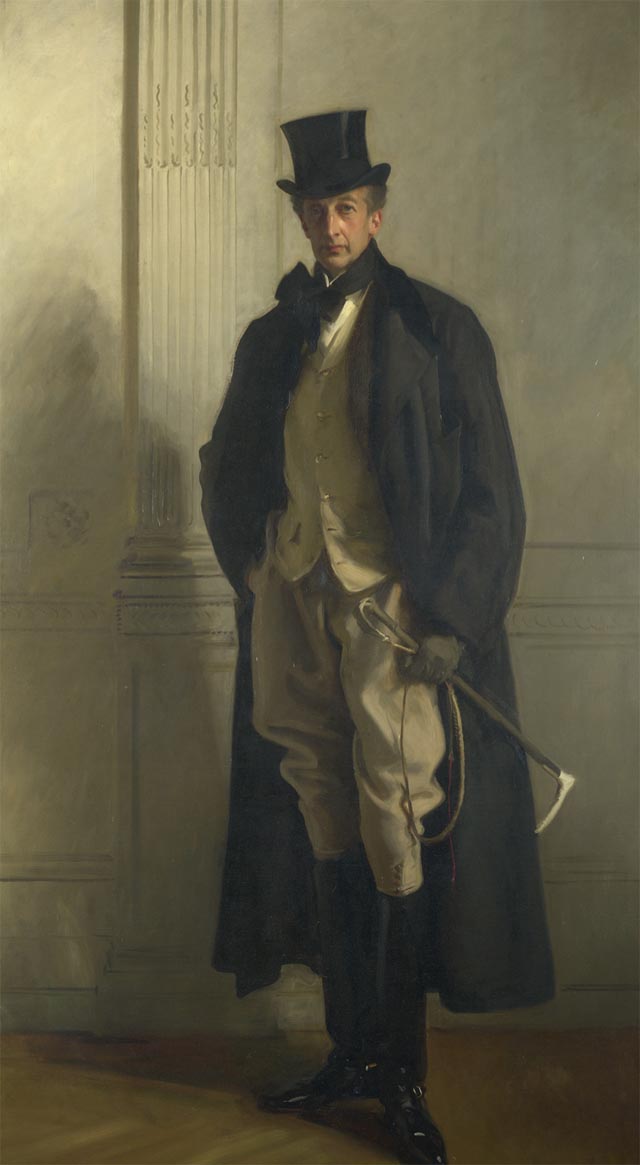
My favourite painting: David Starkey
David Starkey shares the one painting he would own, if he could
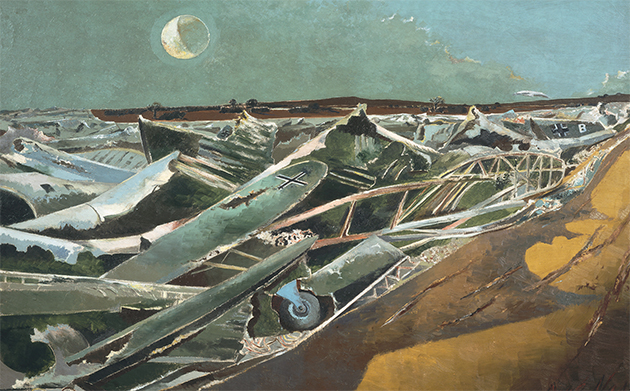
My favourite painting: Robert Macfarlane
Robert Macfarlane chooses his favourite painting for Country Life.
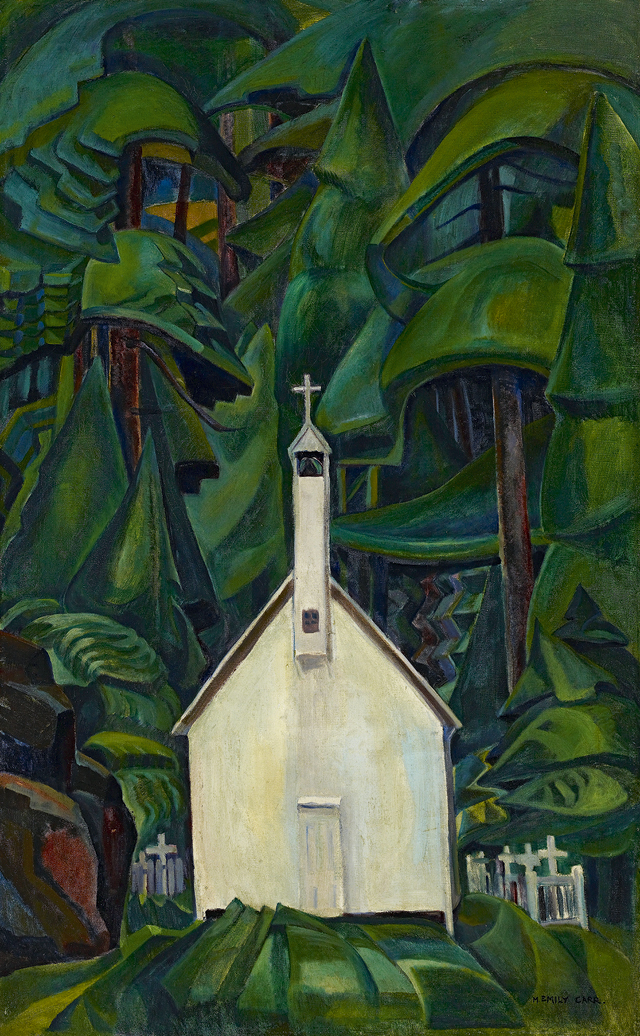
My favourite painting: Patrick Gale
Patrick Gale chooses his favourite painting for Country Life.
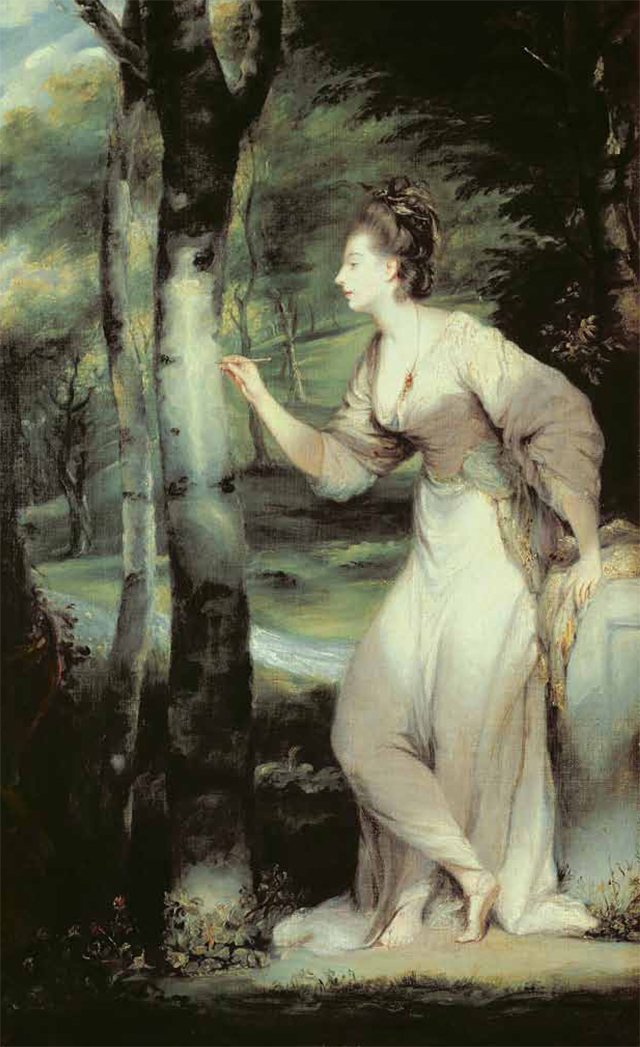
My Favourite Painting: Bruce Oldfield
Bruce Oldfield chooses his favourite painting for Country Life.
Country Life is unlike any other magazine: the only glossy weekly on the newsstand and the only magazine that has been guest-edited by HRH The King not once, but twice. It is a celebration of modern rural life and all its diverse joys and pleasures — that was first published in Queen Victoria's Diamond Jubilee year. Our eclectic mixture of witty and informative content — from the most up-to-date property news and commentary and a coveted glimpse inside some of the UK's best houses and gardens, to gardening, the arts and interior design, written by experts in their field — still cannot be found in print or online, anywhere else.
-
 380 acres and 90 bedrooms on the £25m private island being sold by one of Britain's top music producers
380 acres and 90 bedrooms on the £25m private island being sold by one of Britain's top music producersStormzy, Rihanna and the Rolling Stones are just a part of the story at Osea Island, a dot on the map in the seas off Essex.
By Lotte Brundle
-
 'A delicious chance to step back in time and bask in the best of Britain': An insider's guide to The Season
'A delicious chance to step back in time and bask in the best of Britain': An insider's guide to The SeasonHere's how to navigate this summer's top events in style, from those who know best.
By Madeleine Silver
-
 'As a child I wanted to snuggle up with the dogs and be part of it': Alexia Robinson chooses her favourite painting
'As a child I wanted to snuggle up with the dogs and be part of it': Alexia Robinson chooses her favourite paintingAlexia Robinson, founder of Love British Food, chooses an Edwin Landseer classic.
By Charlotte Mullins
-
 The Pre-Raphaelite painter who swapped 'willowy, nubile women' for stained glass — and created some of the best examples in Britain
The Pre-Raphaelite painter who swapped 'willowy, nubile women' for stained glass — and created some of the best examples in BritainThe painter Edward Burne-Jones turned from paint to glass for much of his career. James Hughes, director of the Victorian Society, chooses a glass masterpiece by Burne-Jones as his favourite 'painting'.
By Charlotte Mullins
-
 'I can’t look away. I’m captivated': The painter who takes years over each portrait, with the only guarantee being that it won't look like the subject
'I can’t look away. I’m captivated': The painter who takes years over each portrait, with the only guarantee being that it won't look like the subjectFor Country Life's My Favourite Painting slot, the writer Emily Howes chooses a work by a daring and challenging artist: Frank Auerbach.
By Toby Keel
-
 My Favourite Painting: Rob Houchen
My Favourite Painting: Rob HouchenThe actor Rob Houchen chooses a bold and challenging Egon Schiele work.
By Charlotte Mullins
-
 My Favourite Painting: Jeremy Clarkson
My Favourite Painting: Jeremy Clarkson'That's why this is my favourite painting. Because it invites you to imagine'
By Charlotte Mullins
-
 The chair of the National Gallery names his favourite from among the 2,300 masterpieces — and it will come as a bit of a shock
The chair of the National Gallery names his favourite from among the 2,300 masterpieces — and it will come as a bit of a shockAs the National Gallery turns 200, the chair of its board of trustees, John Booth, chooses his favourite painting.
By Toby Keel
-
 'A wonderful reminder of what the countryside could and should be': The 200-year-old watercolour of a world fast disappearing
'A wonderful reminder of what the countryside could and should be': The 200-year-old watercolour of a world fast disappearingChristopher Price of the Rare Breed Survival Trust on the bucolic beauty of The Magic Apple Tree by Samuel Palmer, which he nominates as his favourite painting.
By Charlotte Mullins
-
 My favourite painting: Andrew Graham-Dixon
My favourite painting: Andrew Graham-Dixon'Lesson Number One: it’s the pictures that baffle and tantalise you that stay in the mind forever .'
By Country Life